How to train an outdoor cat
Outdoor cats are often considered to be more balanced and robust than their indoor counterparts, but this only applies if they are treated correctly. How can you train and prepare a cat for the great outdoors?
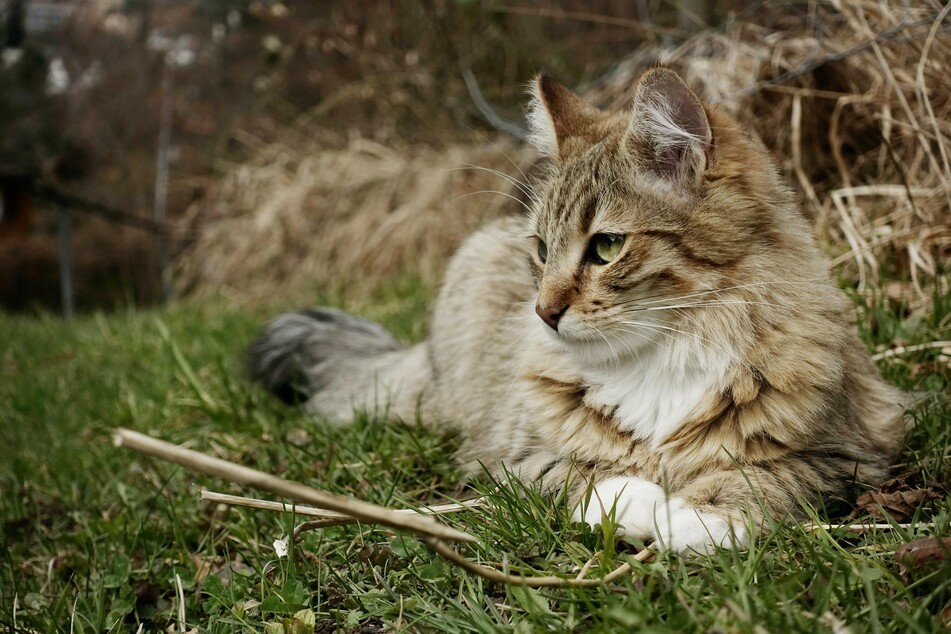
From the fluffiest friends to the creepiest crawlers, the feline fellow who inhabits your house is likely one of your favorite things in the world. As a result, the idea of letting this little dude out on its own, crawling through the undergrowth and getting into all sorts of trouble, can seem intensely worrying. So how do you safely train an outside cat and integrate them safely into the gardening lifestyle.
Indoor vs. outdoor cats
Before we begin, it's incredibly important for you to understand that some cats are simply not suitable for being kept indoors. While most of our feline friends are more than happy to spend time exploring outside, many will become incredibly depressed and unhappy if made to stay in the house, remain inactive, and sleep through their entire life.
Some cats crave freedom and exploration, they want to hunt, hide, run, jump, and exercise. Being outside gives cats the ability to run around and check things out, and can be a great thing for their health and quality of life. Of course, there are critics - rats and rodents aren't particularly happy, for example - but for the most part allowing your cat outside will greatly improve its life.
It does, however, slightly depend on the breed we're talking about. If you choose to keep a cat indoors, it needs to be an indoor-friendly cat. When you go the other way around, though, it's not so important.
Important: If you are concerned about keeping your cat in an apartment or letting out in the garden, talk to a veterinarian or a professional pet store owner / breeder in advance of getting your kitty. It's best to be safer than sorry.
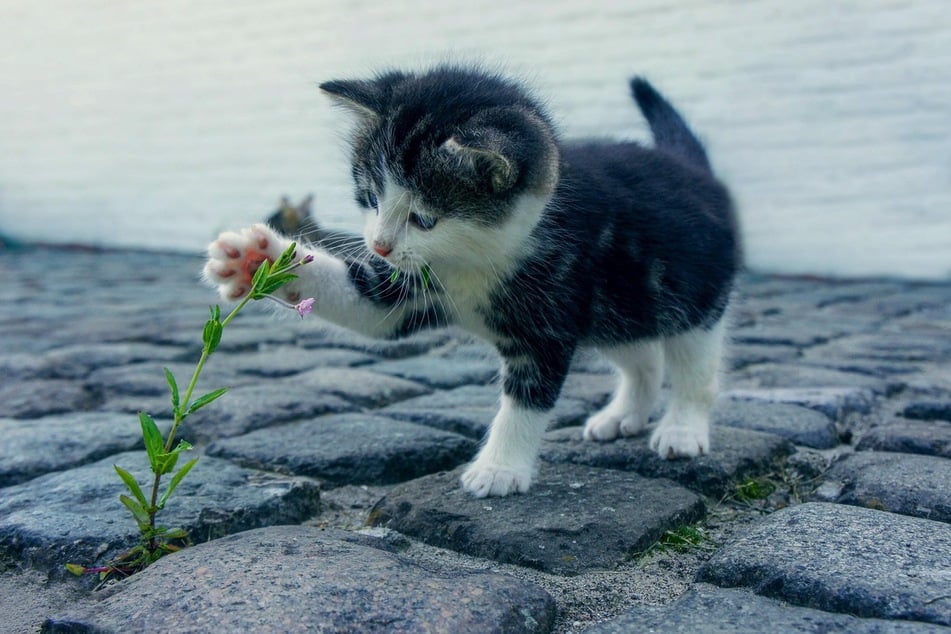
How to have an outdoor cat
The great outdoors is a completely different world to the one that you have within the confines of your house or apartment. A cat that is allowed to go outside gets the opportunity to be in its natural element and follow its own instincts, but will also face challenges and dangers.
Being out in the open is full of adventures - cats can lurk, stalk, hunt, run and play to their hearts' content. Outside the house they might even create a whole social network of other cats and animals, forming both friendships and rivalries. As a result, your cat needs to be ripe and ready for this big step.
The first steps to freedom are not always easy for the house cat, or for the cat's owner. Your kitty has to be brave enough to deal with the unfamiliar, and the owner has to be ready to let the cat go. Stay calm and collected, and make sure that all your i's are dotted and boxes are crossed.
How to prepare your cat for going outside
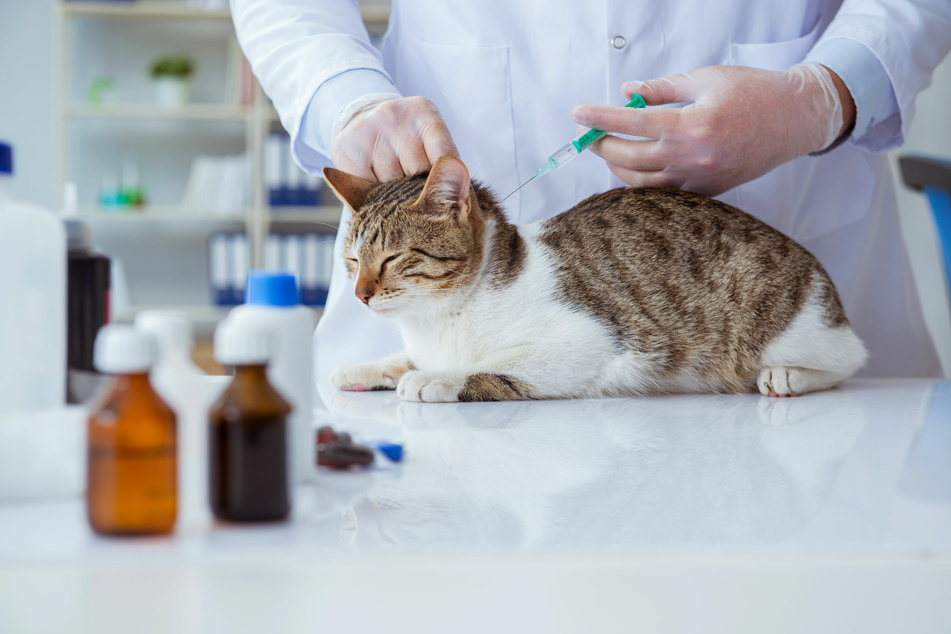
Before taking your cat outside for the first time, there are a number of absolutely critical things that need to be done. You should never let your cat outside, especially on its own, if these few things have yet to happen. If you do, you could face an injured cat, a missing cat, a sick cat, or even a pregnant cat.
Here are the three big things that must be done before a cat is let outside
- Number 1 - Your cat must have all its vaccinations: To make sure your cat is healthy and ready for the outside world, it must have been given its full set of vaccines. These can include shots for diseases like rabies, feline plague, feline rhinitis, leucosis, and feline infectious peritonitis (FIP). They also need to be regularly dewormed and treated for fleas.
- Number 2 - Your cat must wear a collar and must be chipped: To make sure that your kitty can be identified, it must be collared and chipped. Collars are important as they identify to people that your cat isn't a stray, and chipping is vital if your kitty gets lost.
- Number 3 - Neutering is essential: Unless you want your cat getting pregnant or getting another cat pregnant, it must be neutered before being let out. This will also reduce the risk of cat conflict, as well as the spread of kitty diseases.
Without these three steps having been completed, you are not to let your cat out. Speak to your veterinarian about getting them sorted as soon as possible.
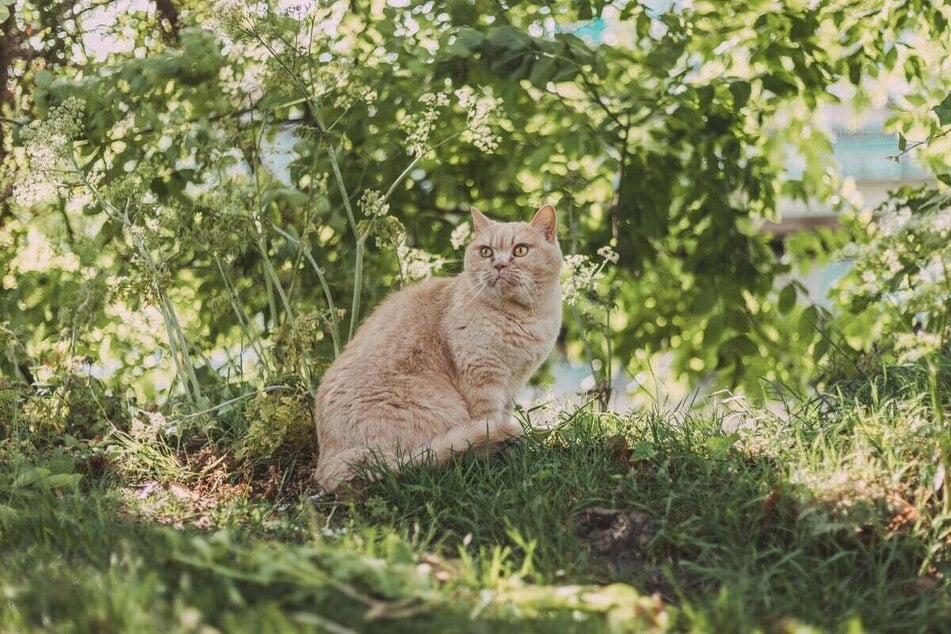
How to train an outdoor cat
Once you have made sure your cat is vaccinated, chipped, and neutered, it's time to make sure that it is actually ready for what's about to happen. When you decide that the time is right to let your cat out into the world, there is one thing you need make sure you do: Stay calm.
Your cat should be "trained" to be an outside cat. This can be a scary process, but is actually one that you and your cat can do together slowly over a reasonable period of time. Don't rush, stay calm, and follow these steps very carefully.
Here's how to train an outdoor cat:
Step 1: At least one day before your cat's first planned outdoor adventure, you should feed it less than usual. This increases the chance that hunger will bring your curious cat home after its romp around the block.
Step 2: Open the door and step outside with your cat. Show it the yard and the garden. Keep things relaxed, but try to stay as close as possible.
Step 3: Now let your cat explore its surroundings on its own. Don't call it, but stay outside with it. If the cat ventures too far, you can try to lure it back with treats.
Step 4: Ideally, your cat will naturally come back home on its own. If it doesn't, try calling it after an hour or two. Make sure you have fresh water and food waiting for the cat at home. This will remind your pet that home is always where the heart is.
Step 5: Try offering your cat some company outside by walking and exploring with it. Increase the area you cover each day, letting your cat decide when it's time to head home.
Step 6: Release control and allow your cat out unsupervised. Maintain a regular diet where food is provided upon return, so that your kitty always has to come home and come inside for its meal.
While it's not necessary, for many it is a good idea to make sure that your cat can always get back inside through a door or window after it goes on its outside adventures.
When should cats be outside?
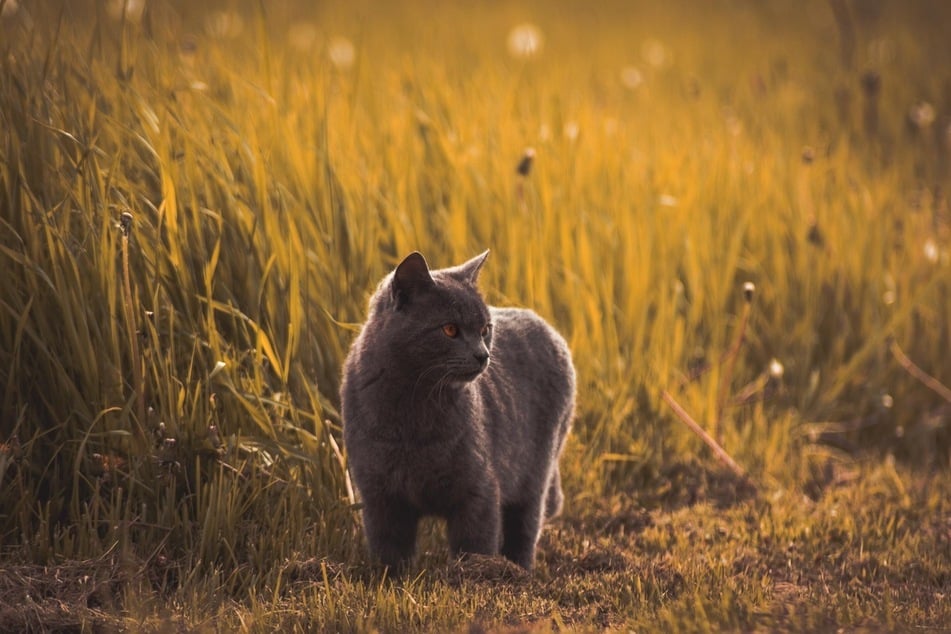
Cats should only be allowed outside once they are more than four months old, fully vaccinated, neutered, and chipped. This is vital, as young cats cannot protect themselves as well, and won't have as strong a connection to home. They are vulnerable and not yet fully developed, so should be kept sheltered and safe inside until they are ready.
In addition, cats shouldn't be allowed outside at nighttime and should predominantly spend their outside time during the day. This means avoiding dawn and dusk, and making sure that your cat is lured back inside before darkness descends and your cat gets embroiled in some nighttime antics.Many owners wonder when they should start the process of l is the best time to let the cat out into the world.
Important: Be very careful about when your cat is let outside, both the time of day and the age at which its outside adventures begin. Do not start letting your cat out until after it has been signed off as ready by your veterinarian.
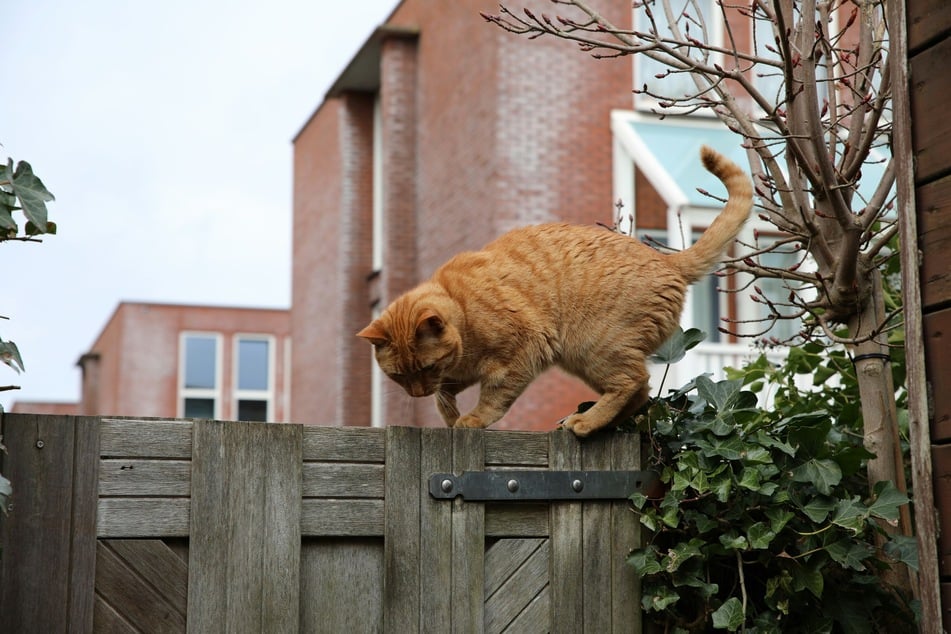
Making your cat's outdoor space safe and comfortable
There are a variety of things that you can include in your kind kitty's outside area to make it safer and more comfortable. It doesn't take much, and it doesn't cost much, but it does make a big difference. You will be leaving your cat alone out there for many hours and quite often, so making it the best environment possible is an incredibly important task.
Here's what you need to do to make the perfect outdoor cat space:
- Make everything safe: Wherever possible, you need to safety proof your yard. Keep in mind that you won't be able to make it perfect, but do things like guarantee there are no sharp edges on fences, there is nothing harmful on the ground, and no dangerous animals hiding in the weeds.
- Get some comfortable cat beds: Wherever possible, try to provide little spots in which your kitty can relax in peace and safety. Get a great outdoor cat bed, and make sure that it is positioned in an ideal location. If your kitty is outside in winter, get it a heated cat bed.
- Keep your outside area visible: Make sure that the area around your house is always appropriate lit when your cat is outside. Get some fantastic outside lights that you can make sure are on when your cat is out, helping it get home easier and helping you see your cat if it is around.
Take care when integrating your kind kitty into an outside environment, and during the early weeks make sure to keep an eye on it when it's out and about. Most importantly, though - keep your cat inside at night.
Cover photo: Unsplash/Sangia




